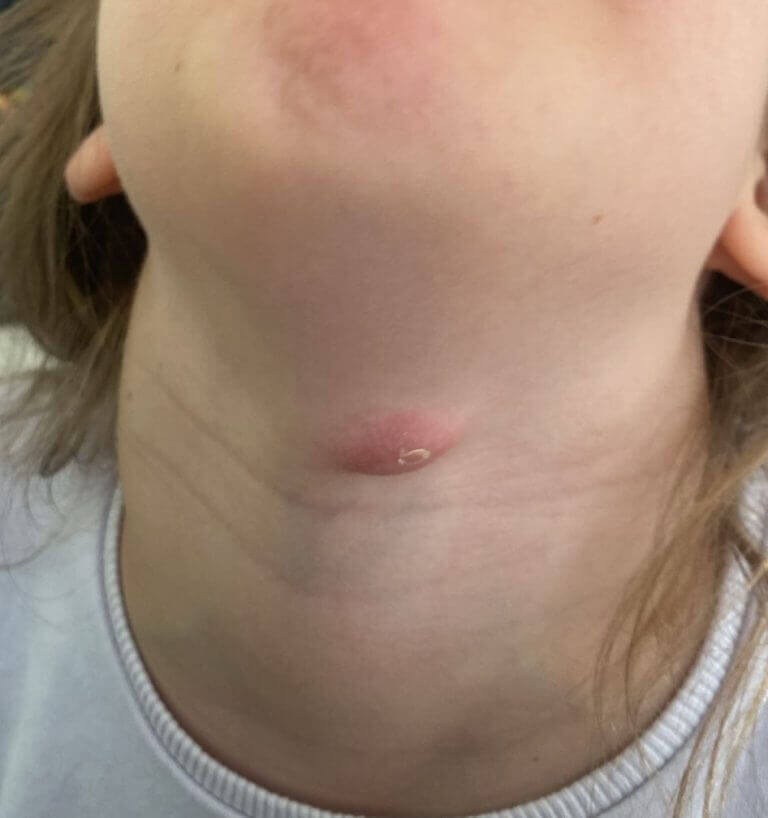
Thyroglossal cyst in children and adults
Let’s move onto a personal story about thyroglossal cyst:
When I was in my 40s, I woke up one day and felt a little bump in the middle of my neck, it was slightly tender to touch. I went ahead and got an ultrasound examination performed on the area and a thyroglossal duct was detected. It was later removed in a small surgical procedure.
Why was it detected in my 40s? Afterall, this is a finding that is present already at birth, as you will see below. I guess I will never know.
But since I happened to come across another case in my office recently, this time in a 6-year-old girl, I decided it was worth reviewing the topic with you.
The following post was written by Dr Roy Hod, a senior otorhinolaryngologist, who is on the list of recommended physicians on our website, in the link here.
What is a thyroglossal cyst?
Cyst – a small fluid filled sac
Thyro – short for thyroid, the thyroid gland found in all of our necks
Glossal – tongue
And together – a cyst, or better said, a duct, that starts off around the tongue area and ends in the thyroid gland.
Actually, the proper medical term for it is thyroglossal duct cyst – it includes the word duct in it.
Where does this cyst/duct come from?
In our fetal life, inside the uterus, the structures in the throat and neck move from one place to the other as they develop. This duct is where the thyroid gland initially develops, and it is located in the middle of the neck. Sometimes this duct fails to involute at the end of the developmental process and turns into a form of remanent.
So, we can tell already at birth whether the cyst is there or not, correct?
Not everyone presents with the signs of a remaining cyst at birth (which typically looks like a protrusion or bump in the middle of the neck).
Sometimes, this cyst fills up with saliva, or gets infected, at an older age and only then becomes visible, like it did for me. Nonetheless, most cases are detected during childhood.
What are the complications of thyroglossal cyst?
This may vary depending on the case, but the cyst can fill up with saliva from the throat and grow in size. Additionally, since the throat and skin carry bacteria, the cyst can get infected, requiring antibiotic treatment.
How are thyroglossal cyst diagnosed?
Making the diagnosis is easy because the presentation is typical. The cyst presents as a protrusion in the center of the neck, near the thyroid gland in the midline.
The diagnosis is confirmed with the help of ultrasound imaging techniques performed on the area of the neck.
What else needs to be done when such a cyst is found?
Using ultrasound imaging, the presence of a thyroid gland in the neck must be confirmed. That means, we must ask the person performing the ultrasound two questions:
1. Does it look like a typical thyroglossal cyst?
2. Does the thyroid gland look normal?
How is it treated?
When the cyst gets infected, antibiotic treatment must be started.
However, the definitive treatment is surgical, and it is performed by ENT specialists. During the surgery, it is important not only to remove the cyst but also to follow the entire duct that leads to the tongue and to remove that as well. The resected cyst must always be sent to pathology to confirm the diagnosis.
The recovery from the surgery is simple and requires hospitalization for one night only.
In summary, this is a nice little topic in pediatrics. Usually, the diagnosis and treatment are easy and there is fully recovery.
Good luck!
For comments and questions, please register
